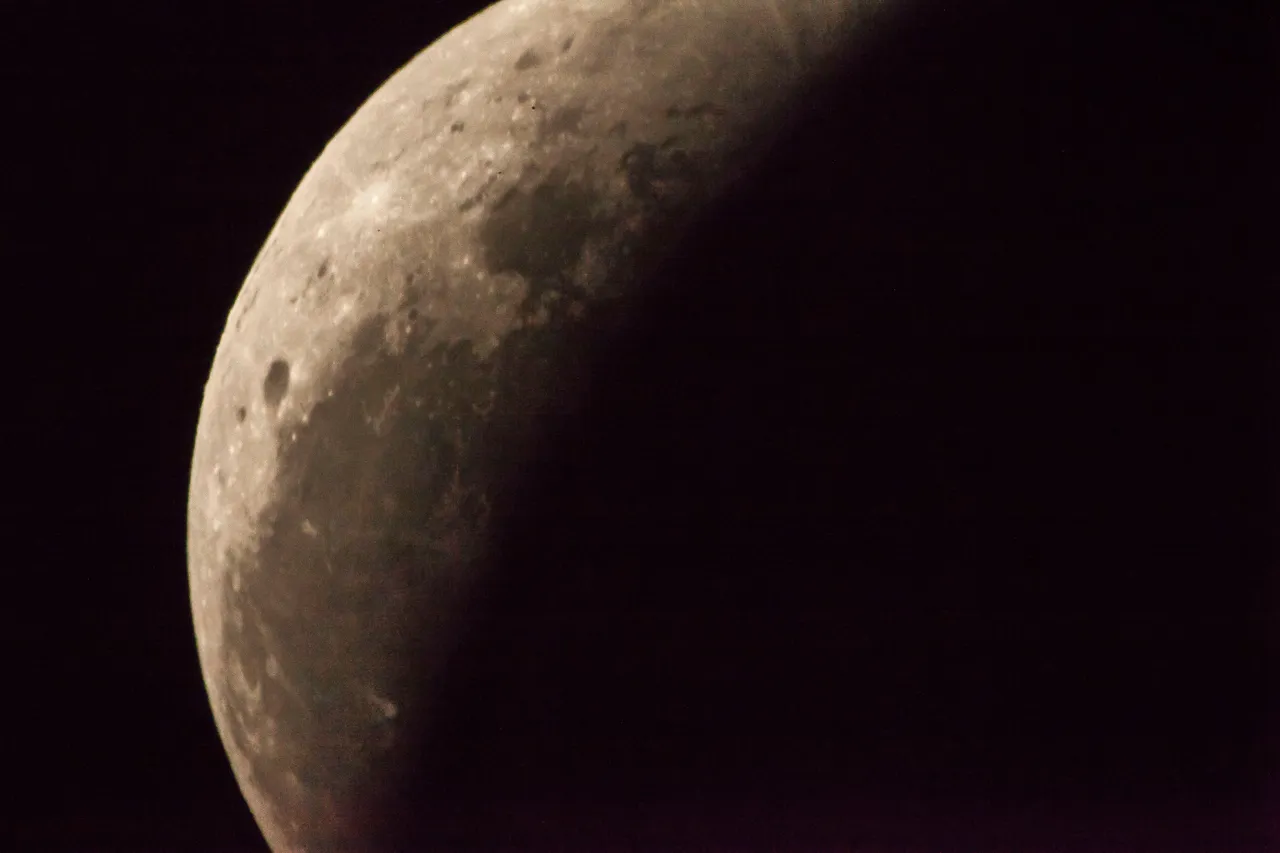
Let’s bottle it and make trillions.
In the early 20th century, it was believed the moon was a dry desolate place. Then a half-century later when the Wright brothers “Flying Machine” was replaced by the Apollo missions, moon rocks were collected during the 15th and 17 missions leading to the discovery of crystalized water within the sample volcanic moon rocks. This was a major discovery. Yet, scientists were unsure of whether this was an anomaly or a widespread occurrence.
It wasn’t until 2008, nearly another half-century later, that researchers examined the samples again. Afterwards the evidence of moon water began to be fruitful. In 2009, NASA crashed a satellite into a moon crater to search for more evidence. The crash provided NASA with water ice and hydroxyl signatures; a fantastic find. In 2010, more moon rock samples were reexamined. The examinations found minerals called apatite. Apatite is a common signature of water. Geologists began to suspect there could be massive reserves locked within the moon. One scientist ventured to say that if all the water were to be leached out of the rocks, there would be a one-yard ocean completely covering the moon’s surface.
Geologists aren’t completely certain of the amount of water given we have very few core moon samples but when if you look at the same data we have in Earths volcanic rock, the results are mystifying. There is more water towards the Earth’s core than all surface water combined. The moon has similar amounts in its volcanic samples. It’s a truly incredible find.
What does this mean though? One of the main culprits of not going back to the moon is cost. Every year while the military’s budget grows, NASA’s gets smaller and it is very costly to get to the moon. For one, unlike most satellites and rovers that never return to Earth, when we send out human beings we try to have them return. That means enough fuel for the return trip and a heftier payload to get off the ground either there on the moon or here on Earth.
With water on the moon, it basically means that NASA or any other space agency could theoretically set up a fuelling station on the moon. That would drive down costs and make space travel much, much more affordable.
Picture by Bryce Feeser
